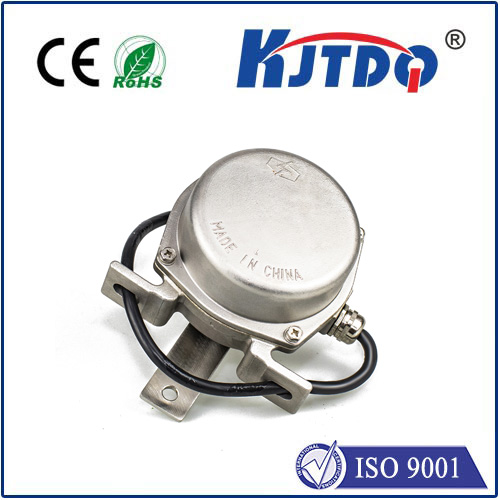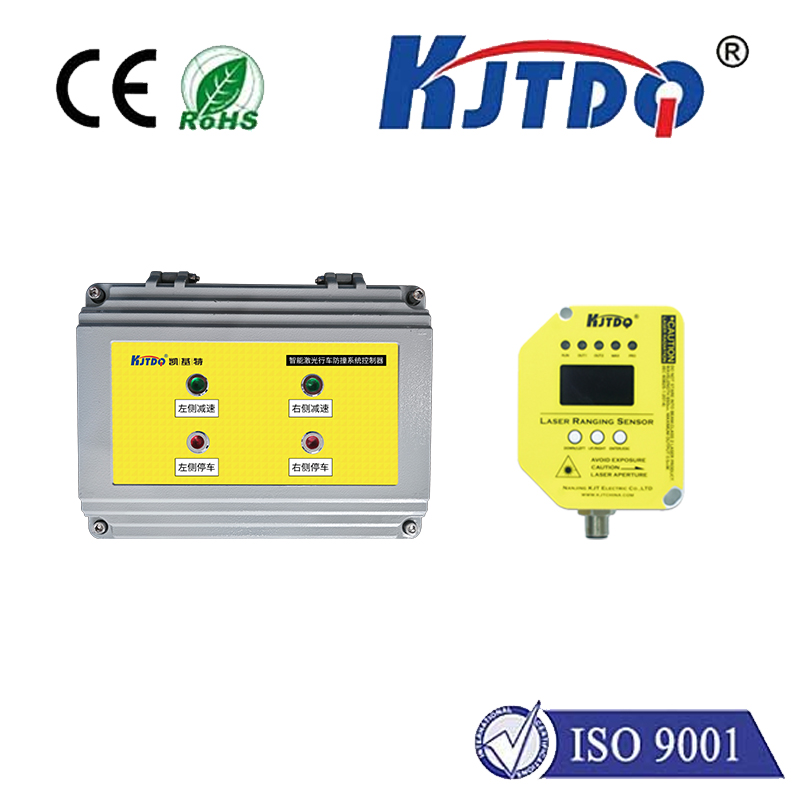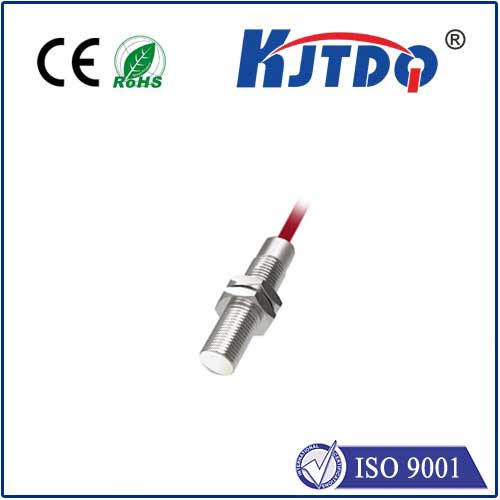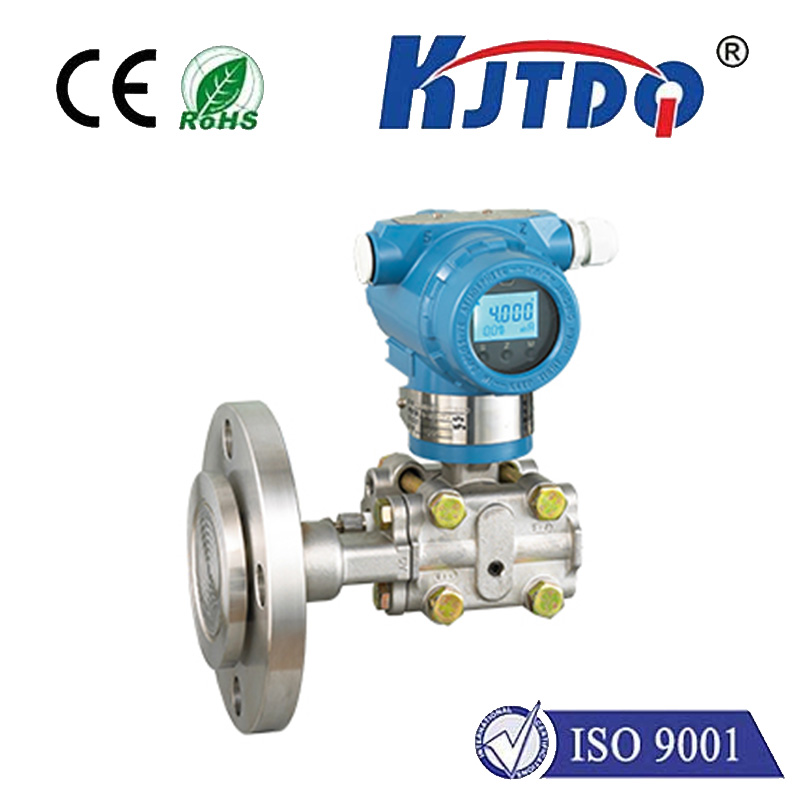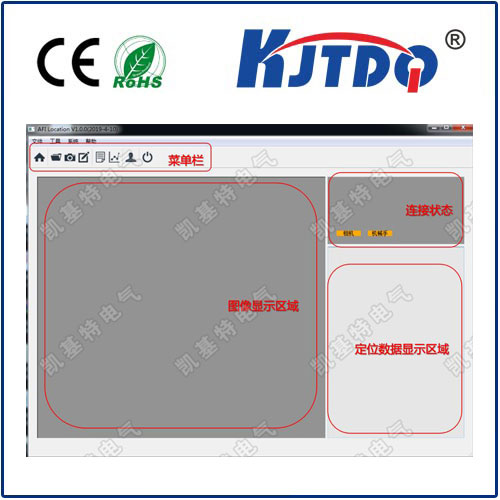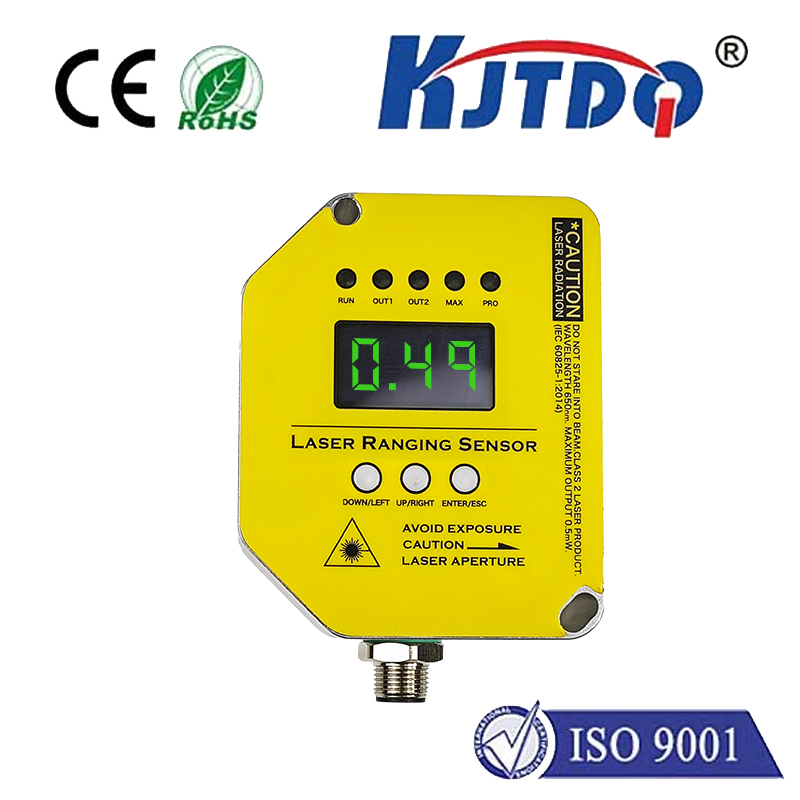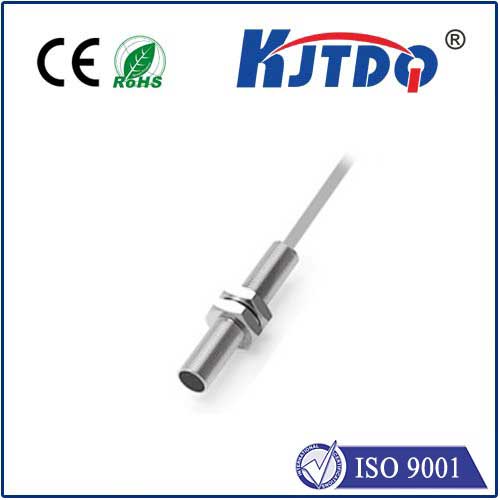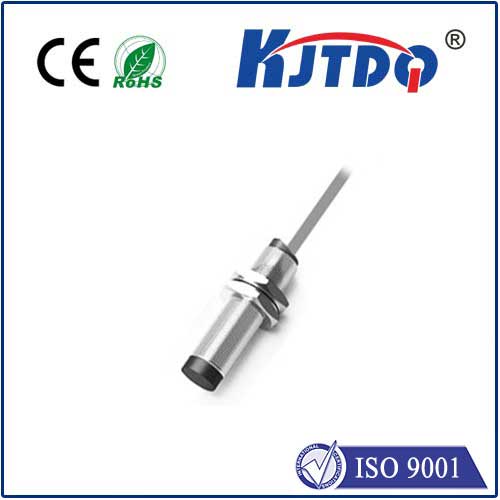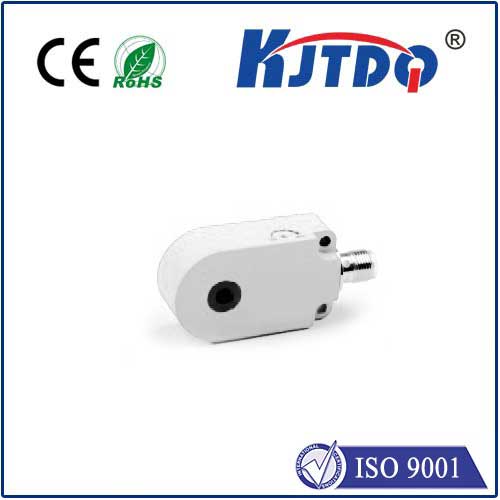
check

check

check

check
Proximity sensors, a type of sensor that detects the distance between two objects, have revolutionized modern technology. These tiny devices have found applications in various fields, including automotive, healthcare, and industrial automation. In this article, we will explore the functionalities and applications of proximity sensors, their importance in modern technology, and how they are transforming industries.
Part 1: Proximity Sensors: An Overview
Definition and Types of Proximity Sensors
Working Principle and Operation
Features and Specifications
Applications in Different Industries
Part 2: Proximity Sensors in Automotive Industry
Improving Vehicle Safety and Performance
Controlling Parking Assist Features
Detecting Objects on Roadside
Part 3: Proximity Sensors in Industrial Automation
Monitoring Equipment Status and Maintenance
Enhancing Productivity and Efficiency
Safeguarding Workers from Hazardous Conditions
Part 4: Proximity Sensors in Healthcare Industry
Tracking Patient Health and Wellness Progress
Providing Enhanced Patient Experience
Monitoring In-Patient Mobility and Activity Levels
Part 5: Future Trends and Innovations in Proximity Sensors
Integration with Artificial Intelligence (AI) Technologies
Development of Smaller and More Accurate Sensors
Real-Time Monitoring and Data Analysis capabilities Conclusion: Proximity sensors have become essential components in modern technology, offering numerous benefits to various industries. With ongoing research and development, the future of these sensors looks promising, with potential advancements such as integration with AI technologies and real-time monitoring capabilities. As technology continues to evolve, proximity sensors will undoubtedly play a crucial role in shaping our world.
